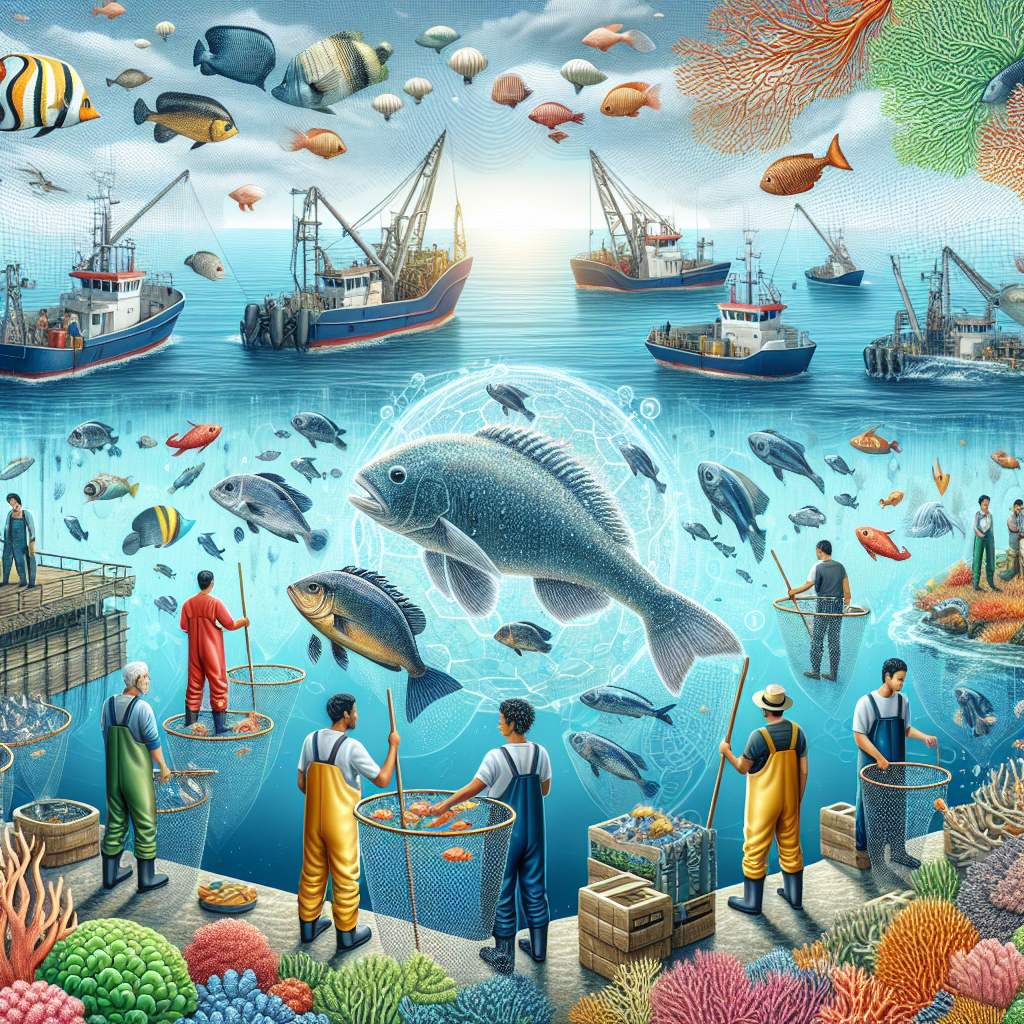With the growing concerns about overfishing and the depletion of marine resources, sustainable fisheries certification has become increasingly important in ensuring the long-term health of our oceans. Leveraging artificial intelligence (AI) in the certification process can help streamline and improve the efficiency of monitoring and assessing fisheries practices, ultimately leading to more sustainable fishing practices.
AI technology has the potential to revolutionize the way we monitor and certify fisheries by providing real-time data and insights that can help identify and address potential sustainability issues. From monitoring fishing activities to tracking fish stocks and assessing the environmental impact of fishing practices, AI can provide valuable information that can help fisheries managers make more informed decisions.
One of the key benefits of leveraging AI for sustainable fisheries certification is the ability to automate data collection and analysis processes. AI algorithms can analyze large volumes of data from sources such as satellite imagery, acoustic sensors, and fishing vessel tracking systems to provide a comprehensive picture of fishing activities and their impact on marine ecosystems. This can help identify areas of concern and prioritize conservation efforts more effectively.
AI can also help improve the accuracy and reliability of certification assessments by reducing human error and bias in data analysis. By using machine learning algorithms to analyze data, AI can identify patterns and trends that may not be apparent to human observers, leading to more accurate and consistent assessments of fisheries sustainability.
In addition to improving the efficiency and accuracy of certification assessments, AI can also help enhance transparency and accountability in the fisheries industry. By providing real-time monitoring of fishing activities and sharing data with stakeholders, AI can help build trust and confidence in the certification process, ultimately leading to greater compliance with sustainability standards.
While the potential benefits of leveraging AI for sustainable fisheries certification are clear, there are also challenges and limitations that need to be addressed. One of the key challenges is the availability and quality of data, as AI algorithms rely on accurate and reliable data to provide meaningful insights. Additionally, there are concerns about the potential for AI to replace human judgment and decision-making in the certification process, raising questions about the role of AI in fisheries management.
Despite these challenges, the potential of AI to revolutionize sustainable fisheries certification is promising. By harnessing the power of AI technology, we can improve the efficiency, accuracy, and transparency of certification assessments, ultimately leading to more sustainable fishing practices and healthier marine ecosystems.
FAQs:
Q: How can AI technology help monitor fishing activities?
A: AI technology can analyze data from sources such as satellite imagery, acoustic sensors, and fishing vessel tracking systems to provide real-time monitoring of fishing activities. This can help identify illegal or unsustainable fishing practices and track fish stocks more effectively.
Q: What are the benefits of using AI for sustainable fisheries certification?
A: AI technology can improve the efficiency and accuracy of certification assessments, enhance transparency and accountability in the fisheries industry, and ultimately lead to more sustainable fishing practices and healthier marine ecosystems.
Q: What are some of the challenges of leveraging AI for sustainable fisheries certification?
A: Challenges include the availability and quality of data, concerns about the potential for AI to replace human judgment in decision-making, and the need to address ethical and regulatory issues related to AI technology in fisheries management.
Q: How can stakeholders in the fisheries industry benefit from using AI for sustainable fisheries certification?
A: Stakeholders can benefit from more accurate and reliable certification assessments, improved transparency and accountability in the certification process, and greater compliance with sustainability standards.

